Below: Doctoral Dissertation | Academic Publications | Fieldwork
The Fall of the Roman Empire was a dangerous and frightening time across the Western Mediterranean. How did leaders protect their people and preserve their way of life?
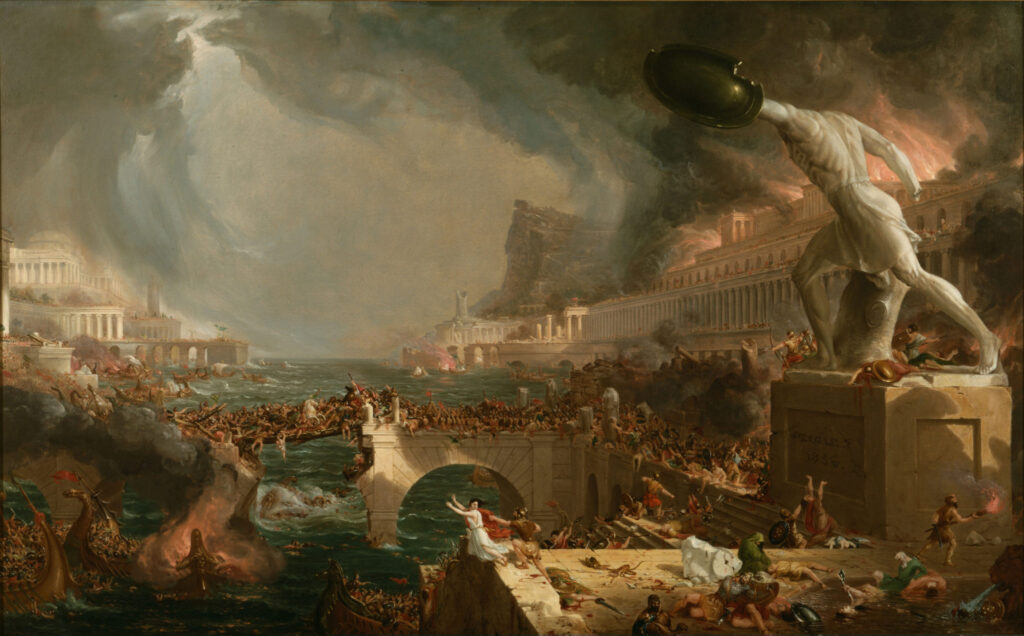
By examining the archaeological evidence of dozens of sites on the ground as well as original historical and legal documents in Latin and Greek from the period, I uncovered a wide range of strategies used by local leaders.

From the 4th to 6th centuries AD, religious leaders – bishops and deacons – filled the vacuum left by fleeing Roman soldiers and competed with the barbarians who were breaking the empire up into kingdoms. These early bishops took responsibility for both the spiritual and bodily protection of their people, and aligned the Church’s mission with community defense, consistently building churches not only for worship but to be central locations for security, resilience, and community cohesion.
Defense of the Faithful
During times of political and military instability, church leaders strategically placed churches to serve dual purposes as places of worship and secure sanctuaries. Bishops strategically integrating church construction into the local landscape to offer safety, unity, and support during turbulent times.
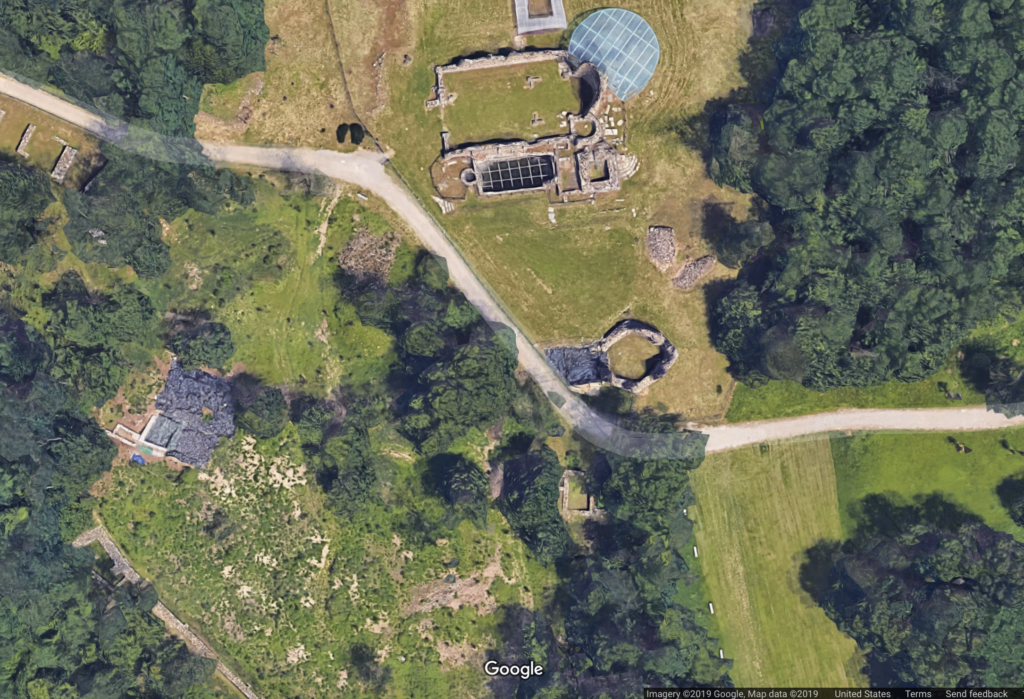
- Churches as Safe Havens
- Strategy: Churches were built strategically alongside or within defensive structures to provide a safe haven during conflicts. In vulnerable regions churches were often constructed on sites that provided natural defenses or were fortified.
- Example: In Ravenna, churches were built close to ports and other high-security areas, establishing their importance not only in religious life but in safeguarding economic and social hubs essential for community survival during turbulent periods. The Church of San Giovanni at Castelseprio in Northern Italy was constructed abutting a defensive tower and cistern within a large wall. Positioned along a route frequently used by invading forces, the site functioned as both a spiritual and physical fortress, leveraging church resources to reinforce community safety.
- Community Hubs for Crisis Response
- Description: Churches frequently doubled as community gathering sites in emergencies, where the local population could organize defense strategies, store provisions, and maintain essential communication during crises. Christian communities were frequently the first to respond with relief and aid to plagues or famine where the secular authorities had failed to act.
- Example: The basilicas of Classe, built near Ravenna’s port, served the dual purposes of religious observance and crisis management. Their proximity to vital economic and military areas made them ideal hubs for organizing community responses during periods of instability.
- Churches as a Physical and Moral Anchor
- Strategy: Constructing churches provided communities with stable physical structures that served as both sacred and civic centers, grounding people during uncertain times.
- Example: In Ravenna, churches built by bishops became key structures in the urban landscape, allowing leaders to establish control and build community identity. For instance, the story of Singledia’s dream, which inspired construction funded by her family, illustrates the combination of spiritual authority and communal influence. Bishops often chose highly visible and central locations for their churches, establishing them as symbols of resilience. In Ravenna, prominent churches conveyed stability and authority amidst the declining empire, fostering a unified identity among locals.
Economic Self-Reliance
In a society falling apart, churches became symbols of hope, unity, and spiritual protection, solidifying the church’s role as the heart of public life. The number of churches grew and grew, providing local employment and preserving technologies and skills.
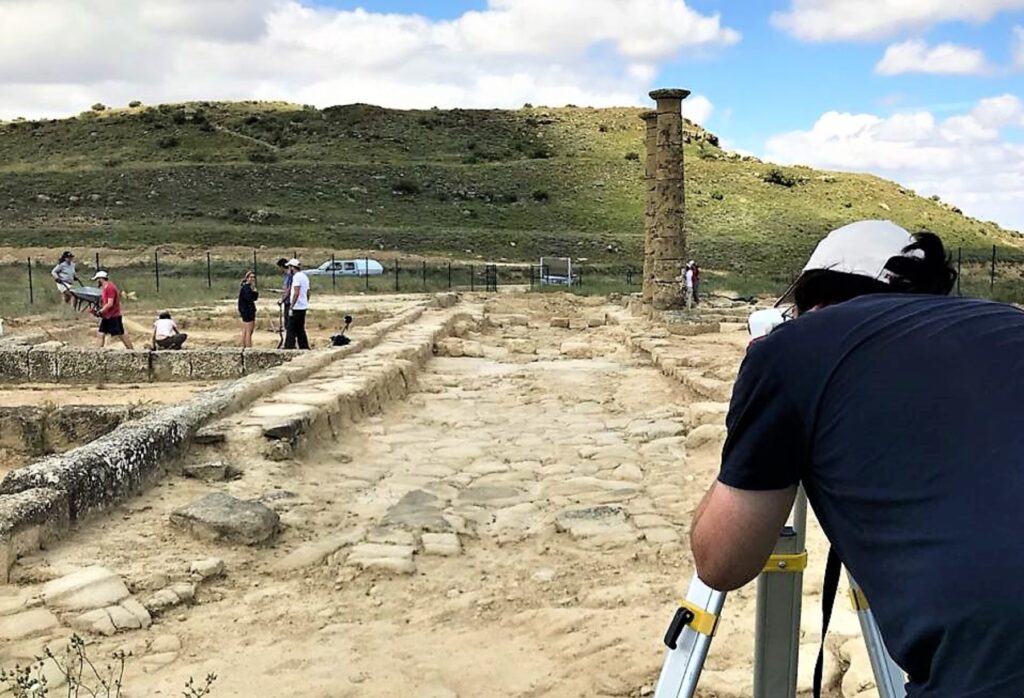
- Labor Mobilization and Local Employment
- Strategy: Church construction created jobs and engaged local populations in meaningful work. By utilizing local stone and brick, churches could be constructed without heavy costs for transporting materials, creating sustainable local supply chains. At the same time, fine finishing pieces were traded long distances, keeping lines of contact open.
- Example: In Northern Italy, church projects often hired townspeople, creating local jobs and using resources from nearby quarries. This kept wealth within communities, promoting both economic self-reliance and community solidarity. In France and Spain, building techniques adapted to local economic situations, with communities controlling the organization of labor, resources, and economic outputs based on regional needs and capacities.
- Local Financing as Local Self-Reliance
- Strategy: Rather than relying on external funds, bishops often raised finances locally for construction projects, ensuring that control and decision-making stayed within the community.
- Example: The decentralized nature of funding meant churches reflected the resources and contributions of local people, reinforcing the church as a community institution and limiting the influence of imperial interference. Ravenna’s bishops took advantage of nearby brick-making and marble sources, allowing them to construct large-scale projects cost-effectively while creating a sustained demand for local products.
- Using Church Wealth for Social Welfare and Emergency Relief
- Strategy: Church resources were used not just for construction but also for supporting the poor, providing disaster relief, and helping local economies recover in times of crisis.
Example: Church wealth was sometimes redistributed in times of famine or economic hardship. Bishops would use accumulated wealth to support those affected, reinforcing their role as protectors of the people and solidifying the church as a welfare institution.
- Strategy: Church resources were used not just for construction but also for supporting the poor, providing disaster relief, and helping local economies recover in times of crisis.
- Fostering Loyalty and Social Cohesion through Ritual and Participation
- Strategy: Churches provided a place where people could gather, celebrate rituals, and form bonds with one another, fostering a shared identity.
Example: Annual festivals and public ceremonies hosted in these spaces allowed bishops to unite citizens under common beliefs and practices, with ritual events reinforcing group solidarity and shared purpose.
- Strategy: Churches provided a place where people could gather, celebrate rituals, and form bonds with one another, fostering a shared identity.
- Competing with the Barbarians
- Strategy: Bishops used church-building to compete with the newly arrived barbarian elites for social prestige, holding on to the church’s position and preserving much of the Roman way of life.
- Example: In Northern Italy, competition among bishops for the most impressive church highlighted the church’s growing role in civic life, as each bishop aimed to make their site the most prominent, reinforcing loyalty to the institution itself, and often building far more than the military and secular elites could afford or manage.
Laying Down the Law
Places that were once part of the same Roman empire were now broken up among various new kingdoms, but canon law upheld a Christian moral code uniformly across regions, helping to foster a unified identity.
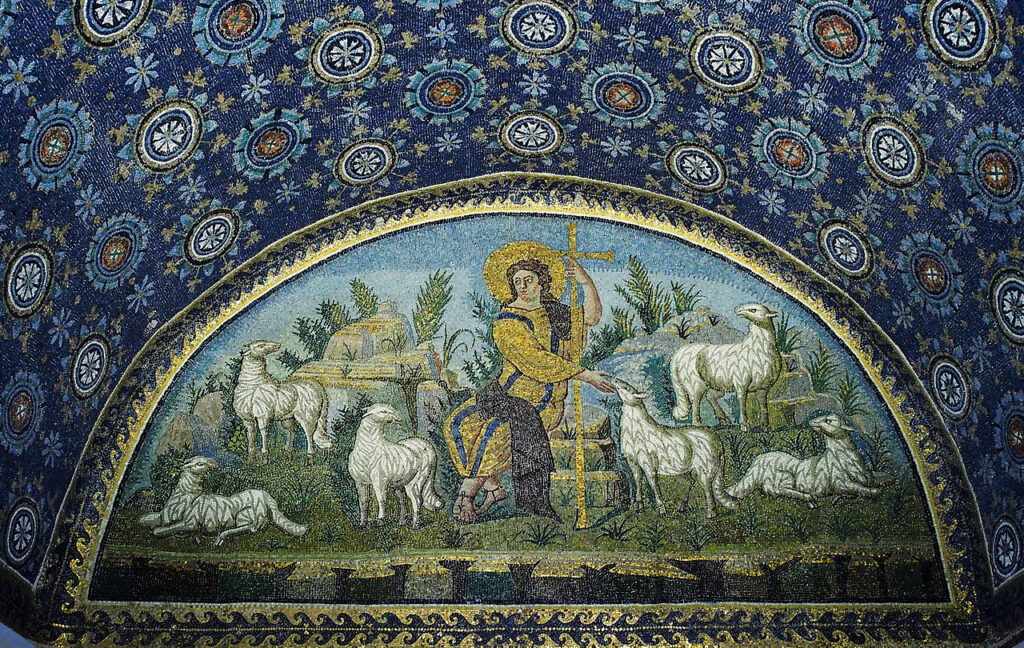
- Establishing Canon Law to Encourage Unity
- Strategy: Bishops developed canon laws that were issued at synods to provide consistent moral and behavioral guidelines, helping to align communities under shared Christian values.
- Example: Early councils such as those at Elvira, Arles, and Nicaea focused on creating regulations to maintain unity among Christian communities. These canons addressed everything from clergy behavior to public morality, intending to prevent division by establishing a clear moral code.
- Moral Exclusion through Excommunication
- Strategy: Excommunication was used as a powerful threat to enforce moral compliance, acting as a form of social control that helped maintain community boundaries by isolating individuals who defied church teachings.
- Example: In a predominantly Christian society, excommunication effectively removed someone from the social fabric, making it a severe penalty for actions contrary to church law. The Elvira and Arles canons included provisions for excluding Christians who engaged in behaviors deemed immoral, like gambling, which threatened communal cohesion.
- Bans on Immoral Occupations and Activities
- Strategy: Certain professions and behaviors, such as charioteering, acting in theaters, or engaging in other “pagan” activities, were banned for Christians. This discouraged activities seen as divisive or morally compromising and promoted a uniform moral standard.
- Example: The Elvira canons specifically banned charioteers and certain entertainers from church roles, viewing these occupations as morally suspect. This helped ensure that public and private morality aligned with church teachings.
- Centralized Charity and Wealth Distribution
- Strategy: Bishops controlled the distribution of charity, which allowed the church to manage public welfare and prevent individuals from gaining influence outside of sanctioned channels.
- Example: Laypeople were required to give charity through the bishop rather than directly to the poor. This centralization allowed bishops to maintain a consistent moral approach to welfare and kept the church as the primary source of social support, reinforcing its central role in the community.
- Moral Qualifications for Church Workers
- Strategy: Clergy were subject to strict moral standards to ensure they embodied the values expected of the community, reinforcing trust and moral authority.
- Example: The Council of Elvira barred clergy who had committed certain sins from holding office, using these standards to prevent moral degradation and to keep church leaders as moral exemplars for the community.
Publications
Mallon, K. Religion at the End of Empire: Church Construction, Labor Mobilization, and Social Power in the Late Antique Western Mediterranean. Stanford University, 2019. (Dissertation)
Mallon, K. “Strong Ties and Ecclesiastical Law in the Later Roman Empire.” In Networks and the Spread of Ideas in the Past, pp. 250–271. Routledge, 2022. (peer-reviewed)
Mallon, K. “Taskscapes, landscapes, and the politics of agricultural production in Roman Mosaics.” Theoretical Roman Archaeology Journal 4, no. 1 (2021). [peer-reviewed]
Mallon, K. “Review of The Cultural Lives of Domestic Objects in Late Antiquity, by Olivia Stoner.” Journal of Roman Archaeology 35, no. 2 (2022): 1037–1044.
Mallon, K. “Review of The Roman Mithras Cult: A Cognitive Approach, by Olympia Panagiotidou and Roger Beck.” Bryn Mawr Classical Review (2019) [peer-reviewed]
Mallon, K. “Review of Recogito.pelagios.org” Society for Classical Studies Blog [by invitation, Nov 2019]
Mallon, K. “Review of The Oxford Handbook of Early Christian Archaeology, by David K. Pettegrew, William R. Caraher, and Thomas W. Davis (eds.)” American Journal ofArchaeology (2020).
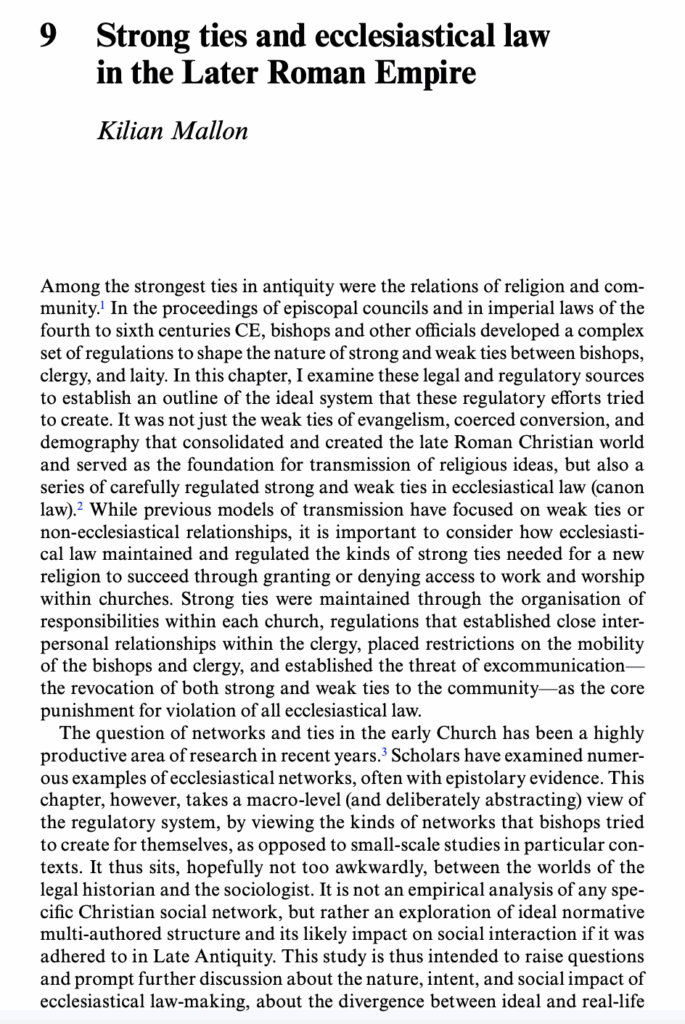
Archaeological fieldwork experience:
I have worked on and supervised archaeological expeditions for over 15 years in Greece, Turkey, Spain, and Italy.
– Roman and Late Antique city of Los Bañales, Spain
–Religion at the End of Empire Project, Spain, France, Italy
– Priniatikos Pyrgos, Crete, Greece
– Burgaz Harbors Project, Turkey
– Renieblas Archaeological Project, Spain
– National Museum of Ireland, Bog Bodies exhibition and research project